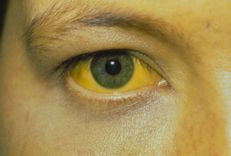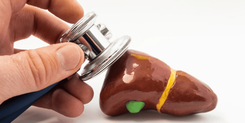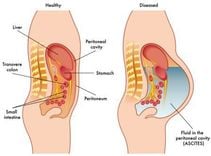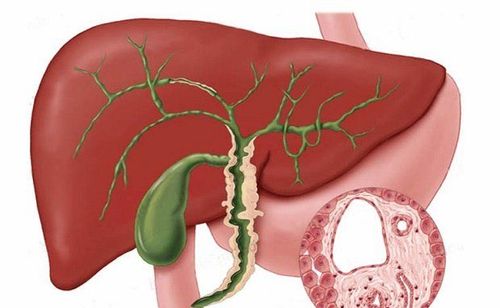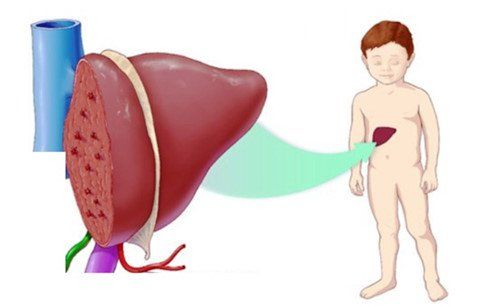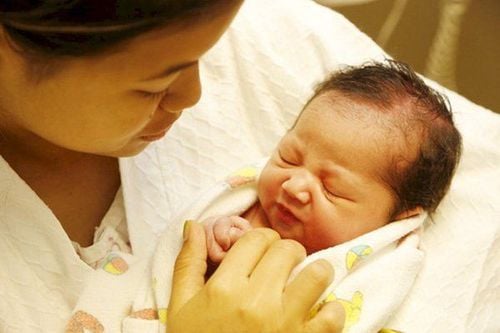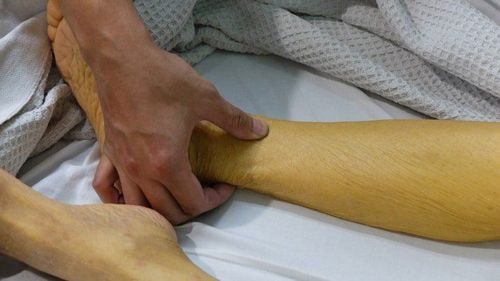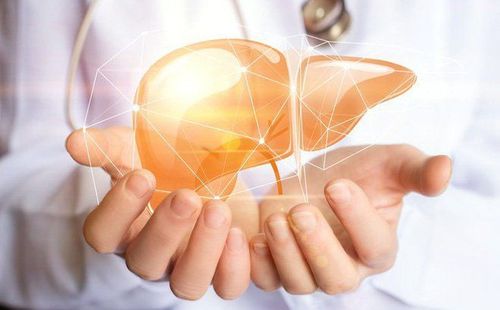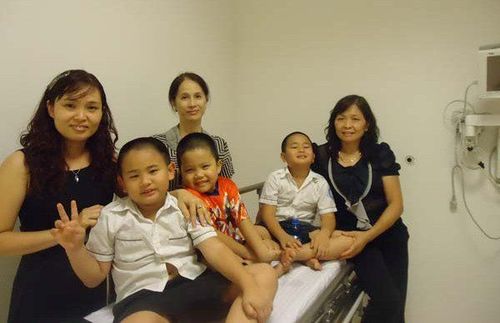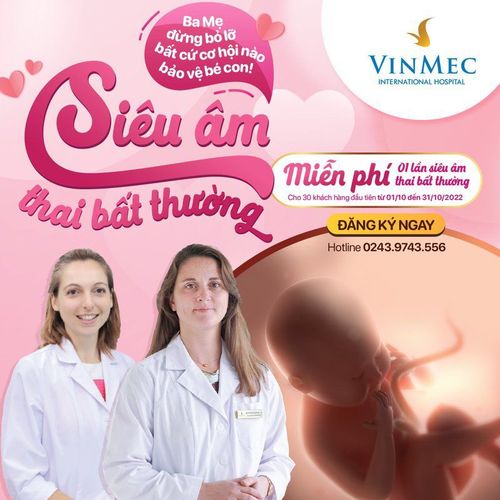This is an automatically translated article.
The article was written by Dr. Tran Trung Kien, VinmecStem Cell Research Institute and Gene Technology One of the major causes of cholestatic jaundice is choledochal cyst disease. This is a congenital cystic dilatation of the intra- or extrahepatic biliary system.
The disease was first described by Vater and Ezler in 1723. Like congenital biliary atresia, the incidence of choledochal cysts depends on geographical location. In particular, the frequency of disease occurrence in the Asian population is as high as 1/1000 births. Meanwhile, the ratio is 1/100,000 to 1/150,000 in Western European countries.
A study by Singham et al. reported that in 70 cases of common bile duct cysts treated in Vancouver, Canada between 1971 and 2003, the incidence of Asian cases was no higher than that of other groups when this group only 21% of pediatric cases and 25% of adult cases. This finding suggests that lifestyle and diet may be causative factors.
Besides, the incidence of the disease is higher in women than in men, usually 3-4 times. In general, the majority of common bile duct cysts are diagnosed and detected within the first 10 years of life. However, some may appear later in adulthood.
Clinical manifestations of choledochal cysts also vary from children to adults. In particular, the disease in young children is characterized by jaundice, white stools, some may have lower abdominal pain. The presentation of the disease in adults is quite similar, characterized by pancreatic symptoms or acute cholangitis. Furthermore, pancreatic cancer is rare but occurs more often in adults than in children. Previous studies have shown that malignancy accounts for 3% of incubated bile duct cysts in adults. Bile duct cysts in adults account for 9.7% of cases.
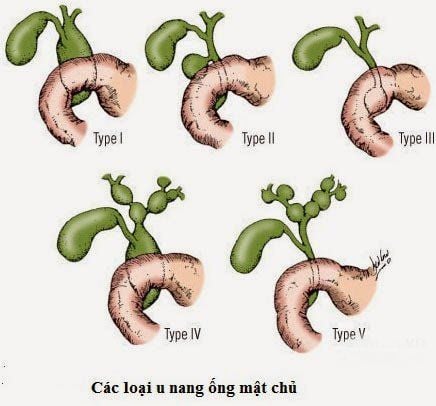
Several mutations in the mitochondrial gene have also been found in patients with common bile duct cysts. This suggests maternal inheritance. A study of triplets (parent-child) with protein-coding genome sequencing in Chinese patients with congenital bile duct dilatation found genetic abnormalities associated with cancer. liver and bile cell cancer. This suggests that many genes are involved in the pathogenesis of the disease rather than a single gene.
Please dial HOTLINE for more information or register for an appointment HERE. Download MyVinmec app to make appointments faster and to manage your bookings easily.
